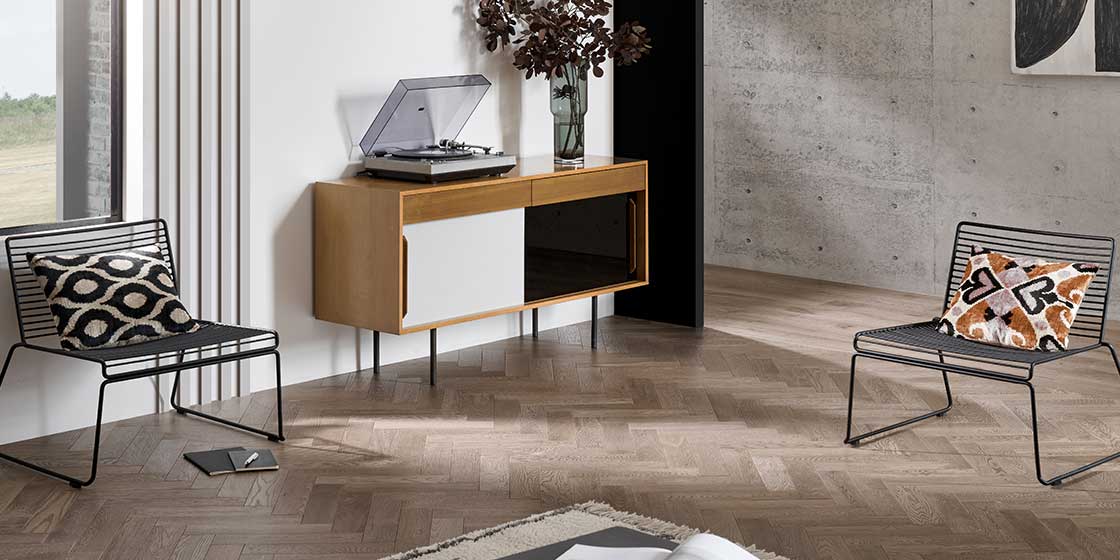Free Measuring
Free Estimates
Samples to your door
Like no other
Real wood flooring and engineered wood flooring are two popular options for homeowners seeking the beauty of wood in their interiors. Here’s a detailed comparison of both types, including their features, benefits, and ideal uses:
Real Wood Flooring
Real wood flooring, often referred to as solid hardwood flooring, is made from a single piece of wood cut directly from trees. Common species include oak, maple, cherry, hickory, and walnut.
Typically around 3/4 inch thick. Can be sanded and refinished multiple times, extending its lifespan. Offers unique grain patterns and natural beauty that varies from plank to plank.
- Known for its longevity; with proper care, it can last for decades.
- Often increases the resale value of a home due to its timeless appeal.
- When sourced responsibly, it can be an environmentally friendly choice.
Generally more expensive than engineered wood. Not suitable for high-moisture areas like bathrooms or basements, as it can warp or swell. Requires regular cleaning and periodic refinishing.
Engineered Wood Flooring
Engineered wood flooring consists of a thin layer of real hardwood on top of multiple layers of plywood or high-density fiberboard (HDF) that are glued together. This construction makes it more stable than solid hardwood.
Usually ranges from 3/8 inch to 3/4 inch thick, depending on the product. Less prone to expansion and contraction due to changes in temperature and humidity. Offers the same look and feel as solid hardwood, with a veneer of real wood on top.
- More suitable for areas with higher humidity or moisture, like basements and kitchens.
- Many engineered wood products feature a click-lock system for easier DIY installation.
- Generally, less expensive than solid hardwood, making it a more budget-friendly option.
Can only be sanded and refinished a limited number of times (if at all), depending on the thickness of the hardwood veneer. While durable, it may not be as long-lasting as solid hardwood in high-traffic areas.
If you live in a humid area or plan to install flooring in a basement or kitchen, engineered wood may be the better choice. If you’re looking for the authenticity of solid wood and are willing to invest in its maintenance, real wood could be the way to go. Engineered wood can be a more cost-effective option while still providing the look of hardwood.




